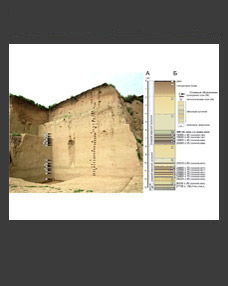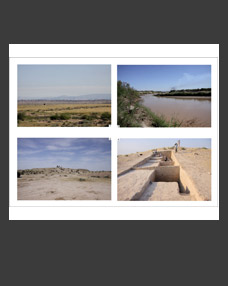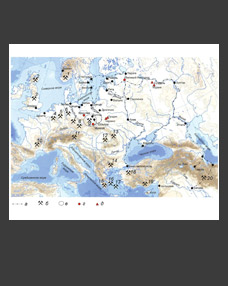Natalia P. Matveeva
Tyumen State University, Russia (nataliamatveeva1703@yandex.ru)
Keywords: Western Siberia, Early Middle Ages, burial rite, wake rituals, ancestor worship.
The article analyzes the ritual actions which will have taken place by the graves and in the areas between the barrows at Revda 5 cemetery, which dates to the 4th century AD. The site is situated in the Tobol river basin in the sub-taiga Trans-Urals and belongs to Bakal’skaya archaeological culture. Based on the location of pole-pits, fireplaces, waste pits with pottery shards and bones, and archaeozoological remains from sacrifices of domestic animals, the study reconstructs the relative sequence of the ritual, which will have been as follows: on the day of the funeral the mourners lit a fire to cleanse the location of the new grave, then set up a pole to which they tied a sacrificial animal (usually horse), and cooked the food, which they divided into several parts. The one in the pots they consumed, then broke up the pots and buried the shards in the southwestern sector of the f loor of the barrow. After that they dug the grave, placed the other part of the ritual food with the deceased and left the remains of the horse’s head and legs on the roof of the grave or stretched the horse’s hide on poles. Later wake ceremonies, dedicated to all the dead, were already conducted outside the rows of graves near certain wooden poles (idols, horse standings, obelisks?), where the mourners buried the remains of food and broken pottery. We assume that the actions were an expression of ancestor worship. Some elements of the ceremony find their explanation in the traditional outlook of the Ugric and Turkic peoples of Siberia.







